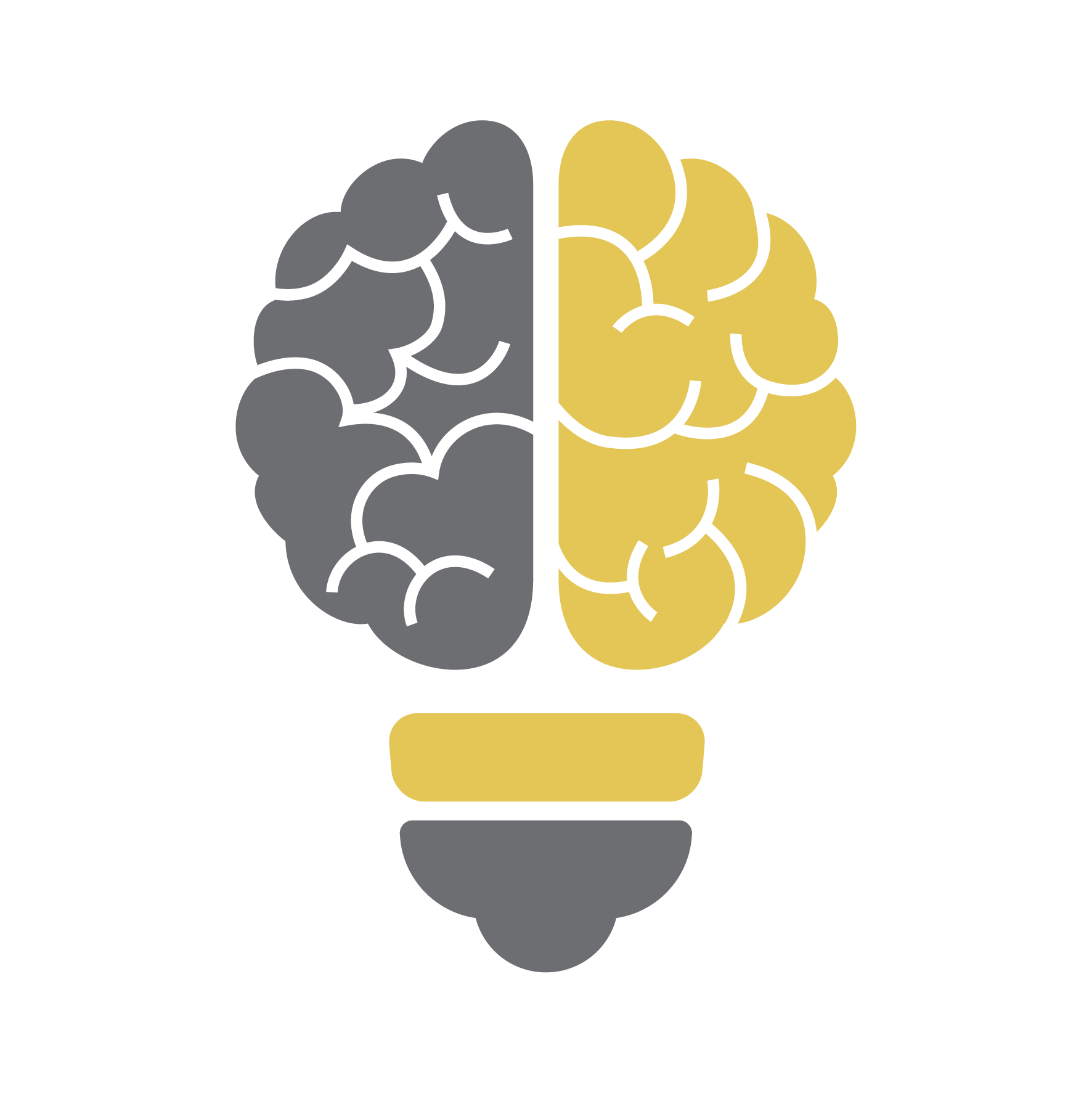Data communication is essential to our ever-growing digital world. Understanding how different methods of data transmission work is crucial to creating reliable and efficient networks. From the one-way simplicity of simplex communications to the bidirectional nature of full duplex communications, different methods dictate the way data is sent and received.
To efficiently transfer data the hardware in a bigdataroom.net data communication circuit will use various techniques, including multiplexing as well as demultiplexing processes, which combine and separate signals into single composite ones for transmission and then back into individual components. This maximizes bandwidth utilization and reduces costs. Signal amplifiers and error-detecting codes minimize data corruption caused by electrical or electromagnetic disturbances.
Data communications also include a set of rules (protocol) that are followed by the computers that send and receive the data. These rules ensure that the message is properly understood and accepted.
The sender can be a computer, or a different device that creates the message and then transmits it. It can be in the form of text, numbers, pictures and sounds, or videos. The device or computer that receives the message could be the same or different from the sender. The transmission medium is a physical pathway that connects the sender and receiver. It can be wired, such as fiber optic cable, or wireless like lasers or radio waves.
